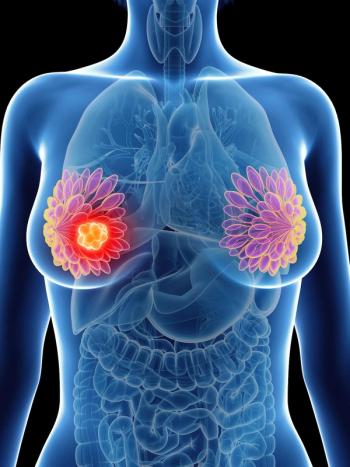
|Articles|May 1, 2007
- ONCOLOGY Vol 21 No 6
- Volume 21
- Issue 6
What Is Your Skin Cancer IQ?
May is National Skin Cancer Awareness MonthWhat Is Your Skin Cancer IQ?Identifying BCC, SCC, and melanoma
Advertisement
Basal Cell Carcinoma (BCC)
Squamous Cell Carcinoma (SCC)
Melanoma
Appearance
Small, shiny bumps or nodules that are red, pink, or white; persistent, nonhealing sore; reddish flat patch; or a scar-like white or yellowish area
Red, scaly patches or bumps
Asymmetrical, mottled patches with notched or blurred borders, typically in tan, brown, or black
Size
Takes many years or months to reach a half-inch
Can reach up to three-quarters of an inch to an inch
Usually greater than 6 mm
Location
Head, neck, hands, and occasionally on the trunk of the body
Face, ears, neck, lips, and back of the hands
Can occur anywhere on the body, most frequently on the upper back or legs, as well as the head and neck
Progression
Grows slowly and may bleed, crust over, then the cycle repeats
Can develop into large masses
Can appear without warning, or may begin in or near a mole or other dark spot on the skin
Potential for metastasis
Rare, but can grow into nearby areas and may invade bone and vital structures, such as the eye
Can metastasize, and may be fatal if not treated
Can metastasize, and is deadly if not treated
Prevalence
BCC accounts for 80% of all skin cancers (more than 800,000 new cases each year).
SCC accounts for 16% of all skin cancers (approximately 250,000 new cases each year). About 2,500 deaths from SCC are expected during 2007.
Melanoma accounts for 4% of all skin cancers (approximately 59,940 new cases each year). More than 8,110 melanoma deaths are expected during 2007.
Adapted, with permission, from the American Academy of Dermatology’s “Actinic Keratoses and Skin Cancer,” available at
Articles in this issue
over 18 years ago
Further Perspectives on Inflammatory Breast Cancerover 18 years ago
FDA Accepts Satraplatin NDA and Grants Priority Reviewover 18 years ago
Erlotinib Extends Life of Patients With Pancreatic Cancerover 18 years ago
Inflammatory Breast Cancer: Still Poorly Characterizedover 18 years ago
Treatment of Localized Soft-Tissue Sarcoma: Lessons LearnedNewsletter
Stay up to date on recent advances in the multidisciplinary approach to cancer.
Advertisement
Advertisement
Advertisement
Trending on CancerNetwork
1
All-Oral Revumenib Regimen May Show Advantage in Newly Diagnosed AML
2
Blinatumomab/Ponatinib Provides Chemo-Free Option in Ph+ ALL
3
Talquetamab Combo Yields Responses in Multiple Myeloma With True EMD
4
SC Cevostamab Highly Active in BCMA-Naive R/R Multiple Myeloma
5


















































































